Our alpendre (I love this word!), is, as its name suggests, the front porch of the house. When we arrived, we contemplated contacting a locations scout, to offer it as a setting for horror movies.
Neither of us ventured in there much at all. Previous owners had erected a shaky brick dividing wall, creating a narrow stairway, and then installed a flimsy false ceiling. It was a “mezzanine” floor, filled with treasures that included a mummified mouse, some hardened bags of concrete, and broken garden furniture.
Some very dodgy wiring provided light, from a single dusty bulb taped to a piece of board. The architects who inspected the house prior to our purchase simply omitted it from their report. The message we interpreted from this omission was: “Don’t even go there!”
The roof and external stone walls were sound, and, on the up-side, we unearthed a usable “esky” (see Australian dictionary), which we rejoiced in disproportionately, to the puzzlement of Eddie. Nothing excites and Aussie more than a thermal plastic box, which they can fill with ice-cubes and beer. We duly washed and christened it. I digress…
Amongst the garbage was a very old wooden donkey yoke, which we have re-purposed into rustic chic coat and towel racks. We didn’t upcycle the desiccated rodent. He got a Viking funeral, on the garden pyre.
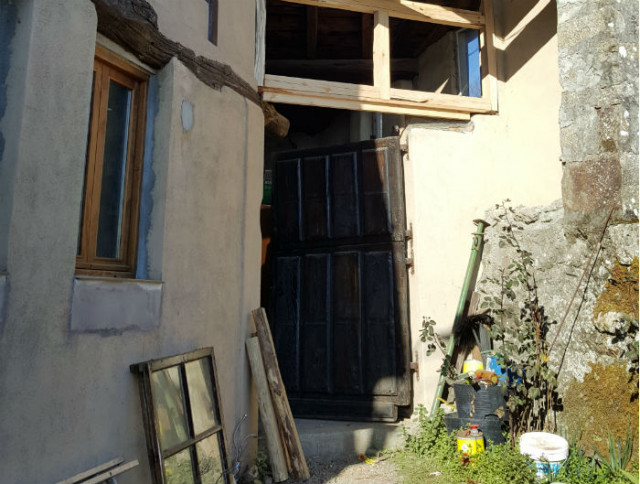
The intrepid Eddie climbed onto the ceiling and chucked all the garbage down. We transported it to the “crap pile” in the garden. After sweeping and washing out a decade’s dirt, we pondered future use of the space. A couple of tonnes of firewood lurked in the wood store, which was accessed via a giant step onto a wobbly plank, supported by some bricks: a broken leg waiting to happen. Our neighbour (Belen, keeper of the rabbits made famous in an earlier instalment) told us that a two-metre snake frequented this wood-pile in search of mice (living, not mummified), and frequently had to be chased out in summer.
That was the inspiration I needed. We formed a human chain, with Cat, our Workaway volunteer from Madrid, at the forefront. Within two hours we removed and re-stacked all the wood outside. Phase One completed. Phase Two: Eddie removed the makeshift ceiling and put it on the growing pile in the garden. Phase Three: he knocked down the wibbly-wobbly wall, after a quick call to “Tony Taps”, who had to remove the uninsulated live electrical wire, that we found running through from the kitchen! Phase Four: transform the surprisingly airy space that emerged from the gloom. But into what?
READ MORE:
- Follow the adventures of Heath in Galicia
- Lost in translation: The perils of being misunderstood in rural Spain
- Nothing prepared me for the eccentricities of Spanish driving etiquette
Huge chestnut beams, a vaulted roof, and massive, ancient stable door were features that had been hidden in the darkness. Our new boot-room was born. Re-pointing the stone walls took a lot of labour, as did scraping 200 years of charring off the beams.
Another neighbour, Fernando, whose grandparents and parents grew up in our house, told us that this was where his family’s pigs had lived cosily during many hundreds of Galician winters. In October, their various parts would hang from the beams, smoking under chestnut and apple-wood ashes. A family’s history and connection to this land is built into the stones of our house. We love that.
The treacherous steps have now been widened, the floor and brick adjoining wall have been tiled. Our washing machine, which languished in the shed since last October, when we re-did the kitchen, has been dusted off and placed on a plinth, where, once more it fulfils its destiny.
Tony installed LED strip lights, and an industrial style drop-light over the new laundry area. One of Frank’s custom-made drying racks has been hung from a beam; using its ropes and pulleys we can hoist it to the rafters and dry clothes in winter without resorting to a tumble-dryer. Eddie installed a sink, shelves, and built a marvellous open-fronted coat and boot cupboard. The door has been sanded, re-varnished, and adorned with a new iron handle and lock. Lee has engraved a slate house sign to mount on the wall next the door, to greet guests as they enter. Like the rest of our home, the skills of many local men have brought our ideas to life.
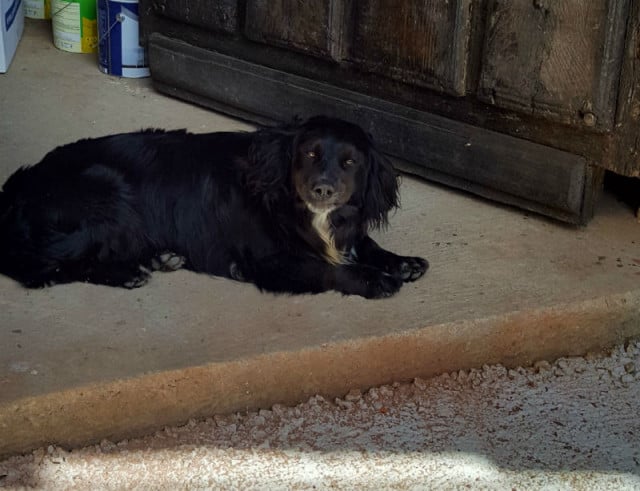
I love our new boot room. We, and our guests, now enter into a bright, clean, welcoming space. And I love having a washing machine again! We will miss our weekly trips to the laundromat in Monforte, run by a lovely Catalan family who politely ignore the state of our rescue dog’s damp, smelly blanket, and return it to us all fluffy and clean. We will now need another excuse to visit Barcelona, next-door, for tapas. If it ever stops raining, I am going to enjoy one of my great delights in life; hanging out a line of clean washing in the sun.

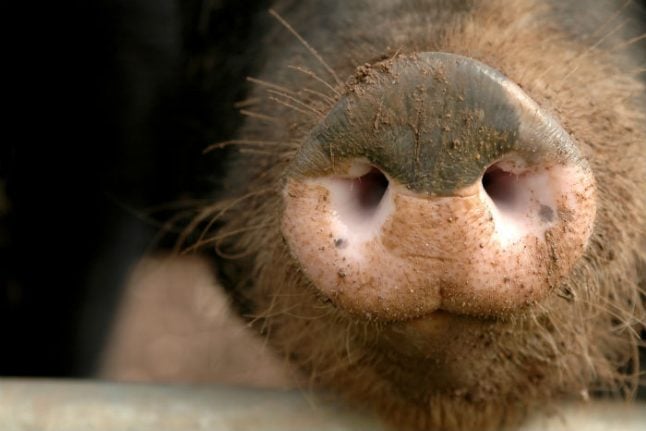
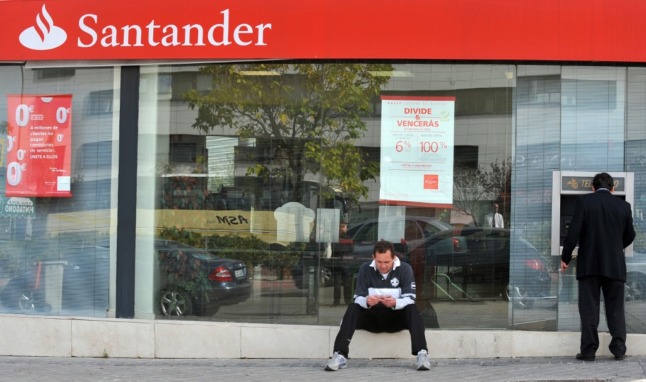
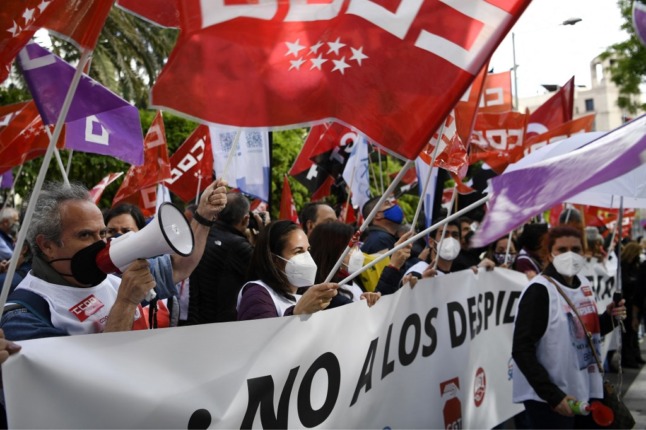

 Please whitelist us to continue reading.
Please whitelist us to continue reading.
Member comments